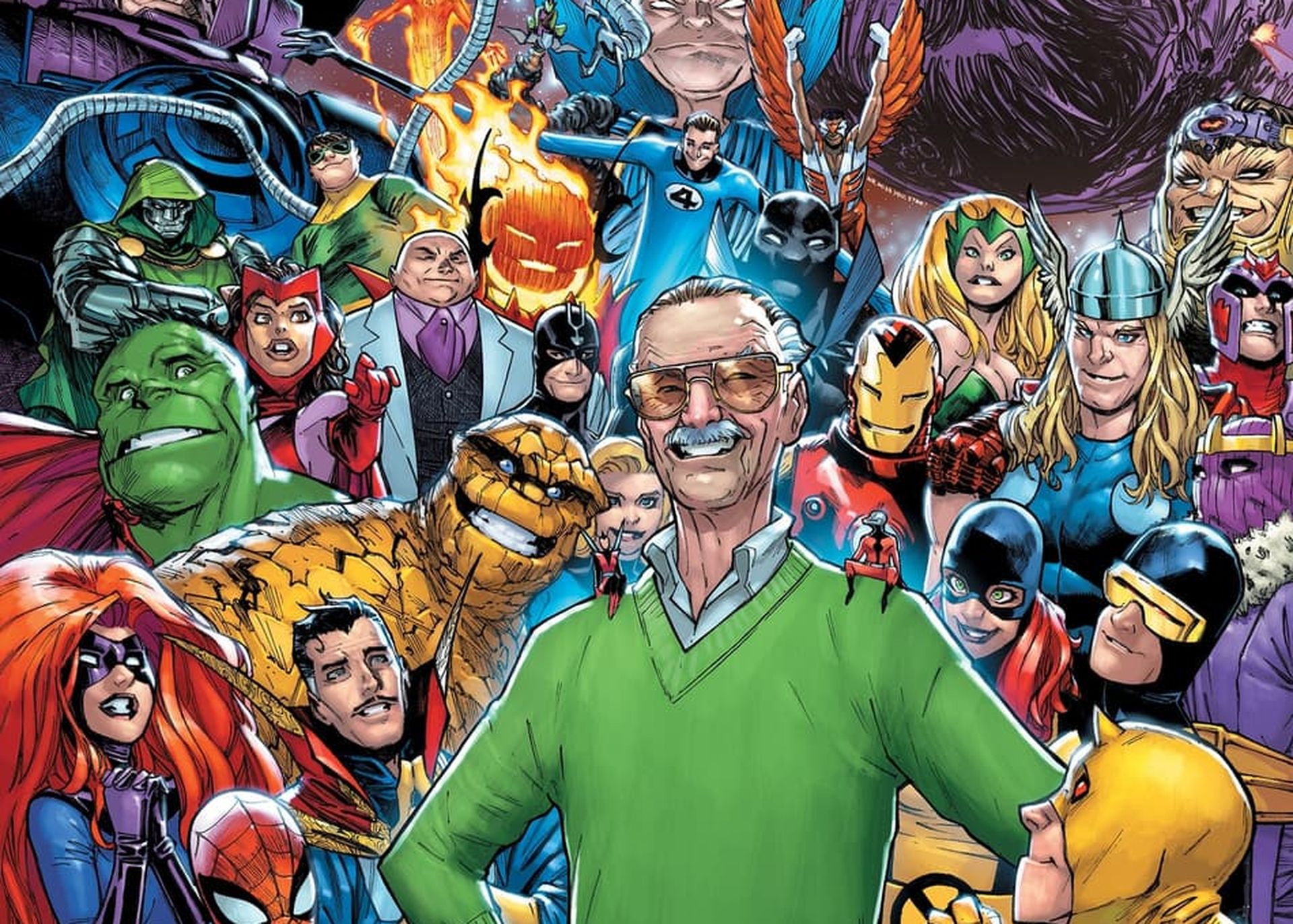AI celebrities can refer to two things: real celebrities whose looks or voices are copied using AI, or completely made-up virtual influencers created by AI. They don’t exist in real life but act like real celebrities. But today’s topic is about the growing list of real AI personas like Van Gogh, Stan Lee, Elvis Presley, and more. These AI versions are crafted using advanced technology to emulate the appearance, voice, or personality traits of their real-life counterparts. For example, the AI Abba has continued its show for years!
It is a hard topic to handle nowadays. Just recently, Billie Eilish, Nicki Minaj, Stevie Wonder, Pearl Jam, Kacey Musgraves, Camila Cabello, and more than 200 other artists have joined the Artist Rights Alliance non-profit to call on AI developers, technology companies, platforms, and digital music services to cease using artificial intelligence to infringe upon and devalue the rights of human artists. They aim to protect against the unethical use of generative AI to replace human artists’ voices and likenesses, ensuring fair compensation for their work1. Also, Scarlett Johansson’s recent complaint against OpenAI raises questions about rights in the age of artificial intelligence. However, all these developments do not change the fact that AI celebrities exist today.
A list of AI celebrities you can get a ticket now
If you’re curious to witness the marvels of AI in the entertainment world, now’s your chance! An exciting roster of AI celebrities awaits.
Abba
ABBA Voyage presents a groundbreaking concert experience with virtual avatars of the legendary Swedish pop group. Using state-of-the-art technology, the show merges ABBA’s timeless music with futuristic virtual reality. Key features include meticulously crafted digital representations of the band members, original vocals re-recorded for authenticity, a live 10-piece orchestra for added energy, and a setlist of iconic ABBA hits like “Dancing Queen” and “Mamma Mia.”
Abba is one of the most successful AI celebrities with its ongoing tour.
Kiss
Kiss, the iconic US rock band, sold its music rights, name, image, and likeness to Pophouse, a Swedish entertainment company founded by Abba’s Björn Ulvaeus. This deal, valued at about $300 million, aims to create a live music show featuring digital avatars of Kiss members, akin to Abba Voyage in London. Pophouse plans to keep Kiss relevant for years after their touring days.
Darth Vader’s voice – James Earl Jones
Artificial intelligence is set to take over the iconic voice of Darth Vader, with actor James Earl Jones granting rights to his voice to a Ukrainian AI startup, Respeecher. At 91 years old, Jones expressed interest in winding down, prompting exploration into new ways to keep the character alive. The technology, already utilized in Disney’s Obi-Wan Kenobi series, clones voices based on original recordings.

Elvis Presley
Elvis Presley made a comeback with the help of AI in a show called “Elvis Evolution.” Fans experienced his life story and famous songs through holographic projection and augmented reality. The show toured globally, starting in London. After his show, Elvis AI even got attend to America’s Got Talent too!
Stan Lee
Marvel Studios and POW! Entertainment, co-founded by Stan Lee, strike a licensing deal allowing Marvel to use Lee’s likeness in future projects. Despite past legal disputes, Genius Brands and Marvel Studios enter a 20-year agreement, celebrating Lee’s centennial year. Lee’s legacy, tarnished by elder abuse allegations, sees this deal as a tribute. The industry trend of using digital replicas of deceased celebrities continues, but the reception of Lee’s appearances will depend on their respectful portrayal, according to Genius Brands CEO Andy Heyward.

Vincent Van Gogh
At the conclusion of a Vincent van Gogh exhibit at Musée D’Orsay, visitors encountered an AI version of the artist, capable of conversing about his life and work. Created by French startup Jumbo Mana, the AI drew on van Gogh’s letters to provide authentic responses. Despite occasional inaccuracies, Jumbo Mana aimed to refine the AI’s accuracy. After the exhibit, AI van Gogh resided at Château d’Auvers-sur-Oise until September 2024, offering visitors a chance to interact with the digital artist. This reflected a broader trend of using technology to bring historical figures to life.
How do they recreate AI celebs?
Celebrities are brought back using AI through a process called deepfake technology. This involves training algorithms on vast amounts of data, such as images, videos, and audio recordings of the celebrity. The AI then learns to mimic their appearance, voice, and mannerisms, creating a realistic digital replica. Additionally, advancements in voice synthesis technology enable the recreation of a celebrity’s voice for various purposes, including movies, concerts, and other entertainment experiences.
These AI-generated replicas allow fans to interact with their favorite celebrities in virtual settings, preserving their legacy and extending their presence beyond their lifetime.
Featured image credit: Talent Recap/YouTube





